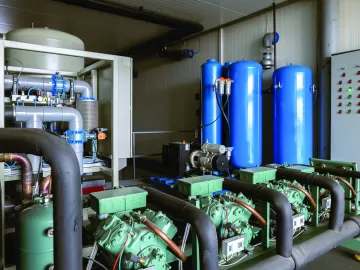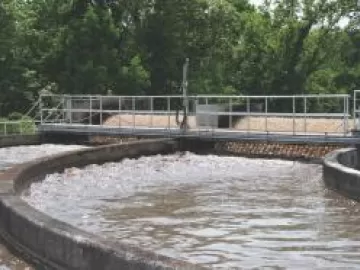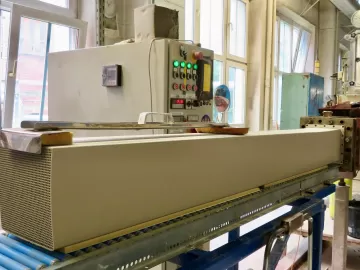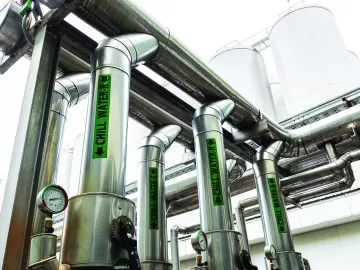Compressed Air Dryer Fundamentals – the Last 25 Yards
Compressed air dryers need to get the ball handed to them on the 25 yard-line by a compressor providing low enough temperature, and high enough pressure for the dryer to take it to the design dew point. If not, the dryer is not able to work properly. Once the dryer gets the right moisture level, it needs to operate properly. Heat exchangers, drains, switching valves, etc., all have to work with the proper control sequence to provide reliable dew point to the plant.












